Kaiser Permanente Northern California has reduced the number of patients acquiring pneumonia while in the hospital by 73 percent over the last three years.
Juliette Anthony did not want to get pneumonia.
So in the days following her colon surgery at Kaiser Permanente San Rafael, she worked with her nurses to get out of bed regularly to walk, to sit up in a chair for meals, and to take other precautions that have been shown to reduce the chances of getting pneumonia while in the hospital.
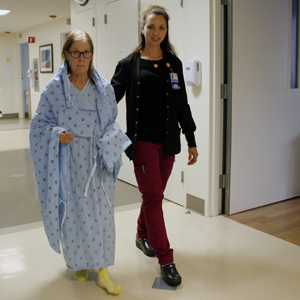
“I think it’s terrific,” Anthony said from her hospital room on the day she was due to be discharged. “The last thing I want to do is go into the hospital and get sicker.”
Anthony benefited from a Kaiser Permanente program implemented systematically across Northern California to prevent hospital patients who are not on a ventilator from getting pneumonia.
Since the program rolled out in 2013, Kaiser Permanente Patient Safety leaders say there’s been a 73 percent drop in the number of patients getting pneumonia in the organization’s Northern California hospitals, and they estimate the program has prevented 248 people from dying.
“That’s 248 people who were able to attend their son’s graduation, or their granddaughter’s wedding — they are living their lives,” said Celia Ryan, RN, executive director, Kaiser Permanente Northern California Risk and Patient Safety. “We implemented this program because it’s the right thing to do, and it demonstrates our commitment to keeping our patients safe.”
Systematic Work, Extraordinary Results
The Centers for Disease Control estimates that across the country, more than 157,000 patients acquire pneumonia in the hospital each year. It is a leading cause of death and disability in hospitals. Patients most at risk for developing pneumonia include those who are recovering from surgery, having trouble swallowing, or using a feeding tube.
Hospital patients can develop the infection in their lungs by inhaling a tiny bit of saliva from their mouth without knowing it. Most people would cough it up, but that’s difficult for some patients.
Kaiser Permanente Northern California’s work to prevent hospital-acquired pneumonia is led by a team of Infectious Disease and Hospital Medicine physicians, Patient Safety, and nursing leaders. The team created a bundle of practices that have been shown to prevent pneumonia.
It includes:
- Prescribing fewer medications that make patients sleepy so they are less likely to inhale saliva
- Encouraging patients to use an incentive spirometer, a device that helps them to take deep breaths and to clear their airways
- Helping patients to brush their teeth twice daily and rinse with an antiseptic mouth wash that reduces the bacterial content of their saliva
- Keeping the heads of patient beds at a 30-degree angle most of the time, and getting patients out of bed to eat their meals in a chair. where they are less likely to accidentally inhale food into their lungs
- Walking with patients 21 feet or more twice daily to improve lung function, permit better sleeping, and maintain their muscle tone
- Ensuring that feeding tubes are positioned correctly and securely so that liquid feeding doesn’t enter patients’ lungs
David Witt, MD, who specializes in infectious diseases and is clinical lead for the prevention program, said the organization has also worked to more accurately diagnose pneumonia and decrease the unnecessary use of broad-spectrum antibiotics, which can put patients at risk for additional complications.
“I think the work has been extraordinary,” Dr. Witt said. “By changing the way our system works, we’ve been able to amplify the benefit to our patients on a massive scale.”
Front-Line Nurses Make it Happen
One tool Kaiser Permanente uses to help patients on a broad scale is its electronic medical record, KP HealthConnect. It now includes physician order sets with all the elements of the pneumonia-prevention program, which are being used with all hospital patients. Clinical Practice Consultant Donna Patey, RN, is one of the leaders of this work, but she said front-line nursing staff are the ones who make it happen.
“They help get our patients out of bed for meals and to walk. They make sure our patients rinse with the antiseptic wash. They’re working diligently, and it’s showing results.”
Those results are gratifying to nurses such as Stefani Beltramo, RN, who helped patient Juliette Anthony take one more walk around the medical surgical unit before she was discharged.
“It’s incredible,” she said. “It’s great to see that all the hard work we’re putting in to patient care is paying off for them.”

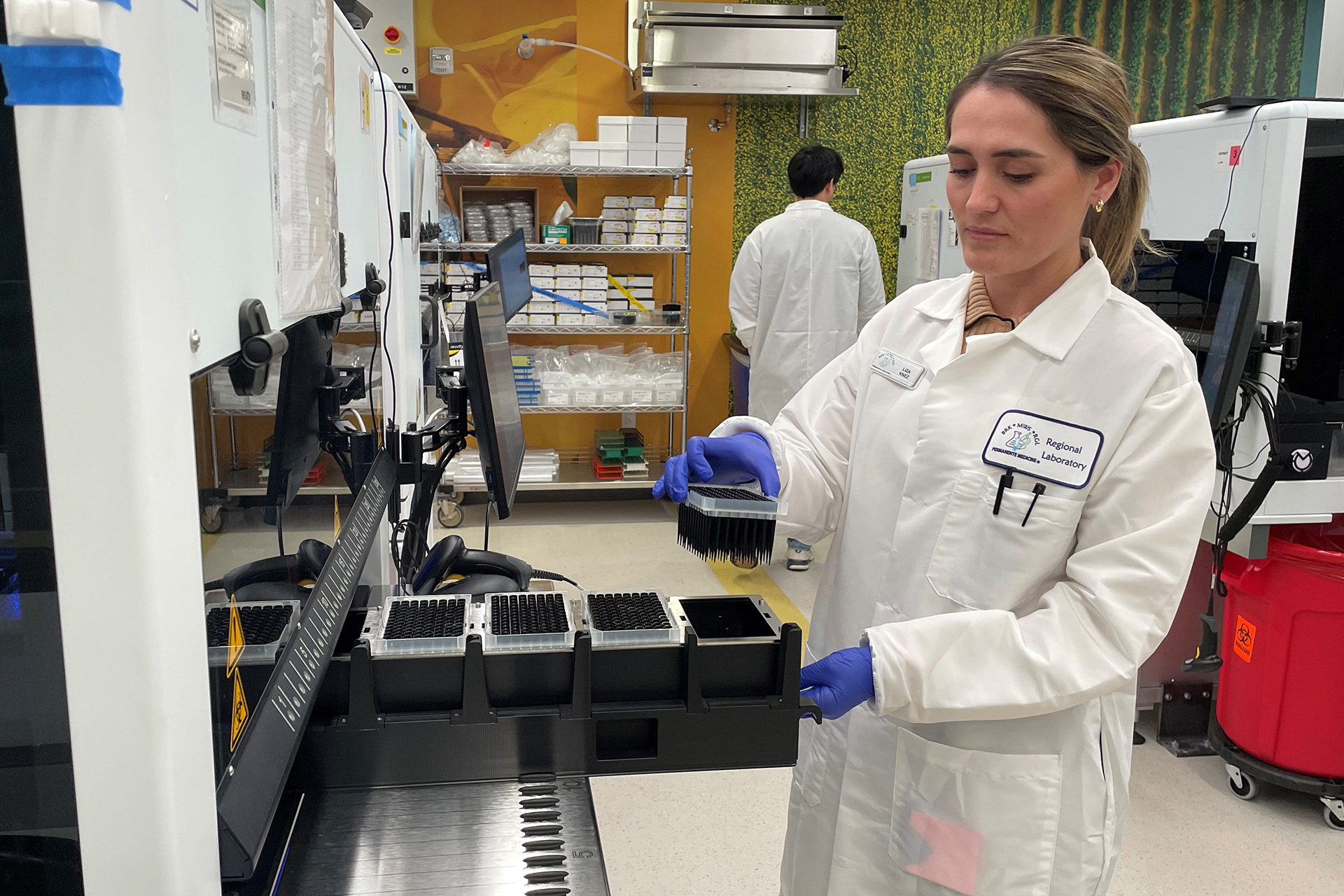
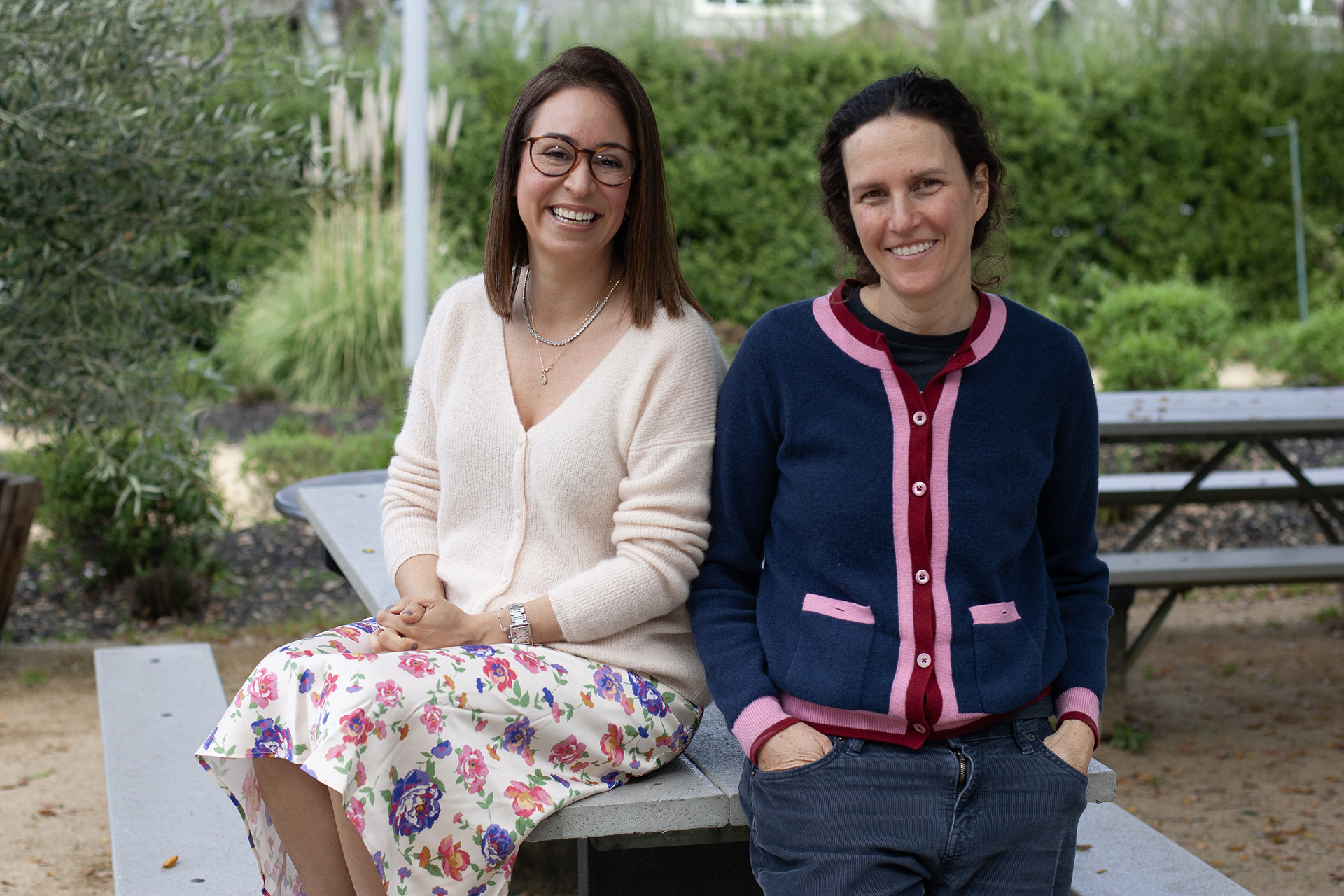
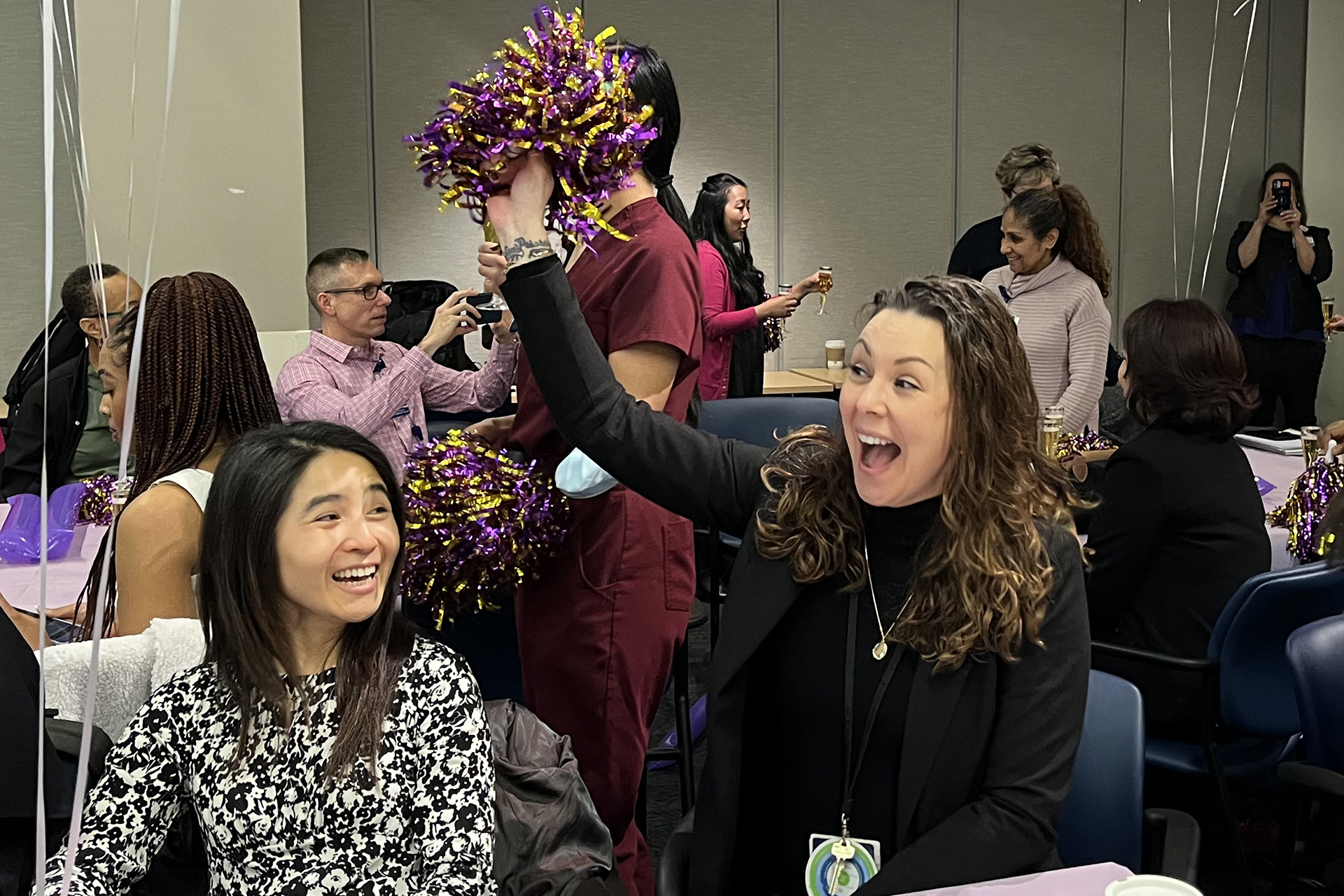
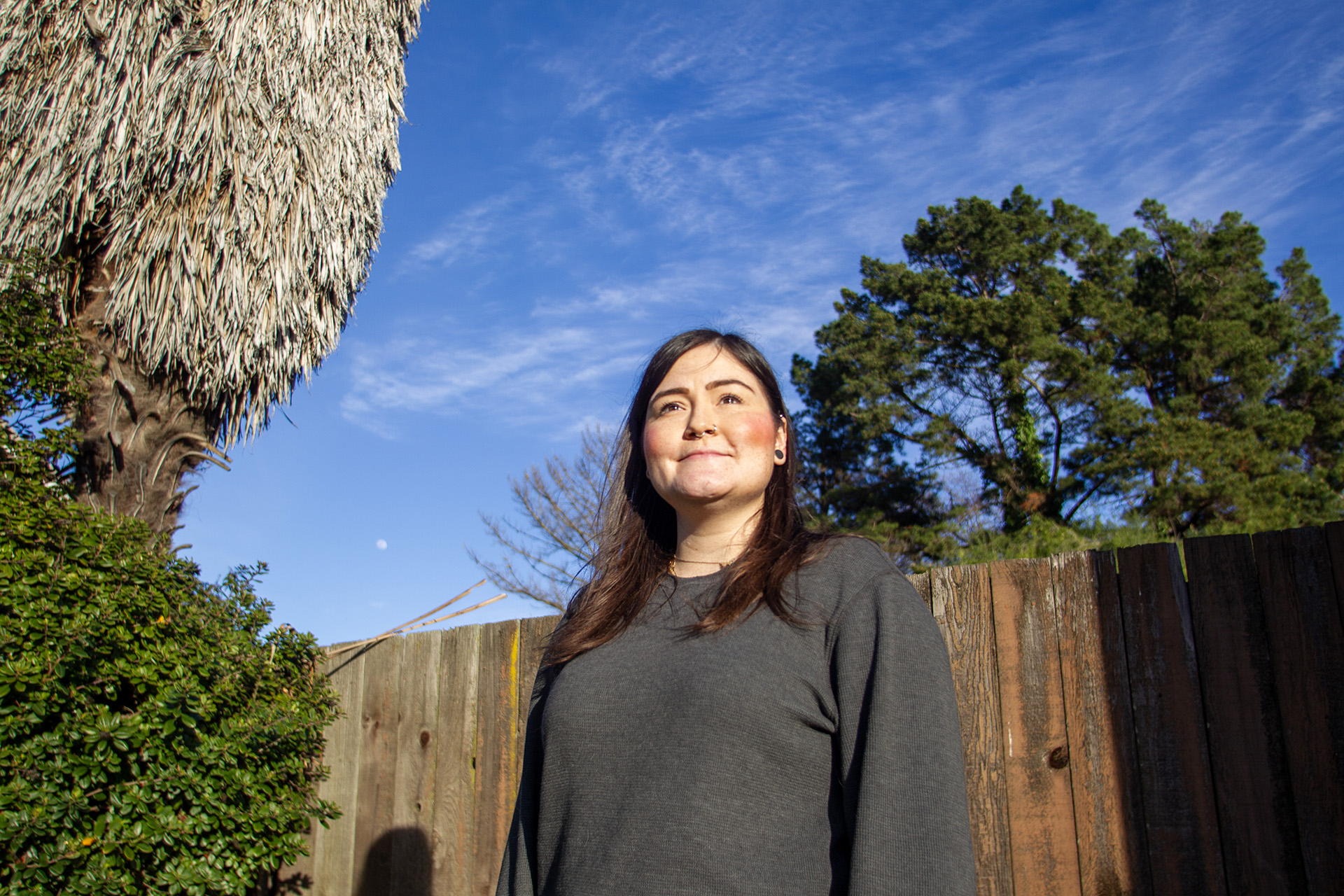
This Post Has 0 Comments